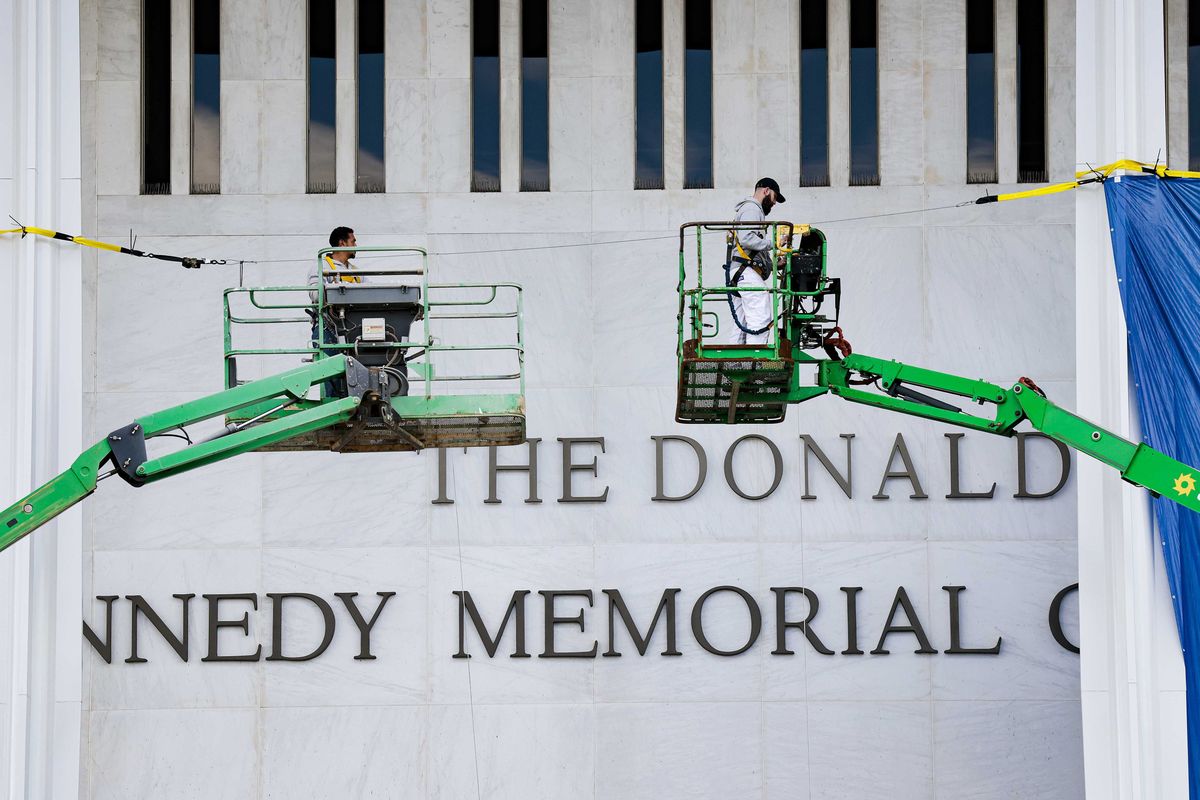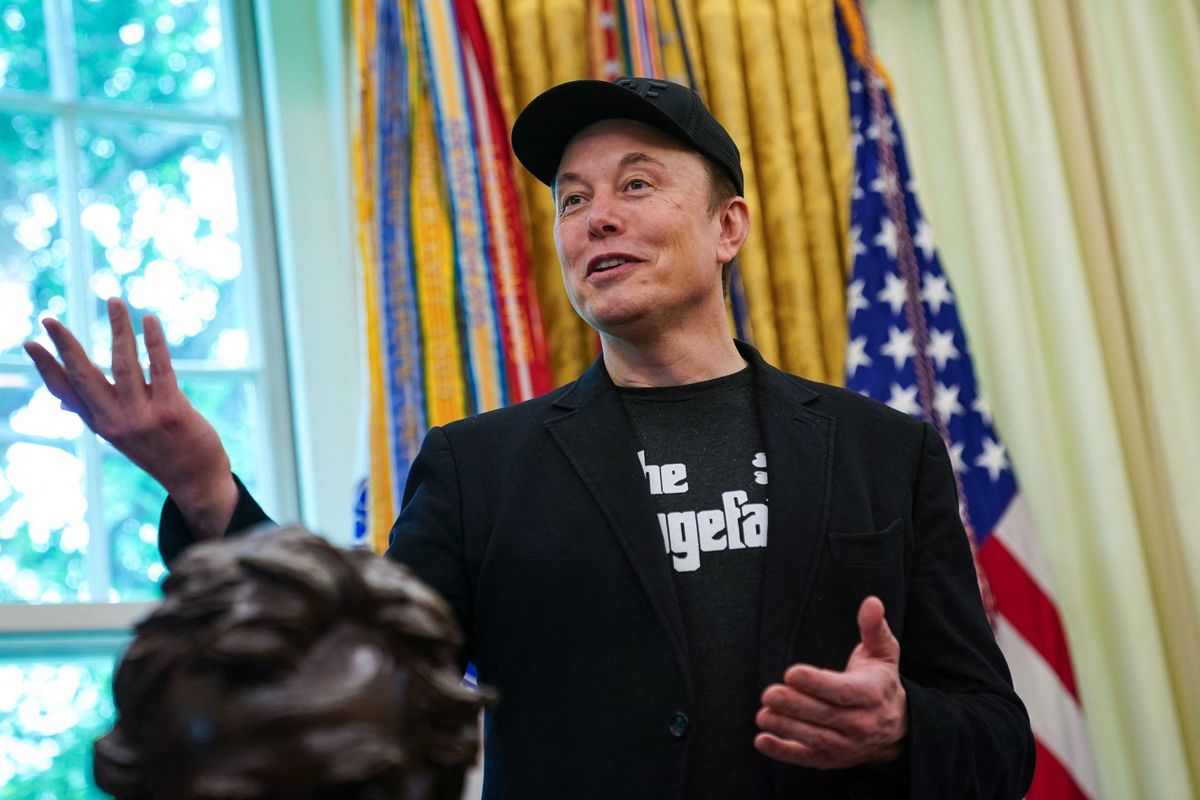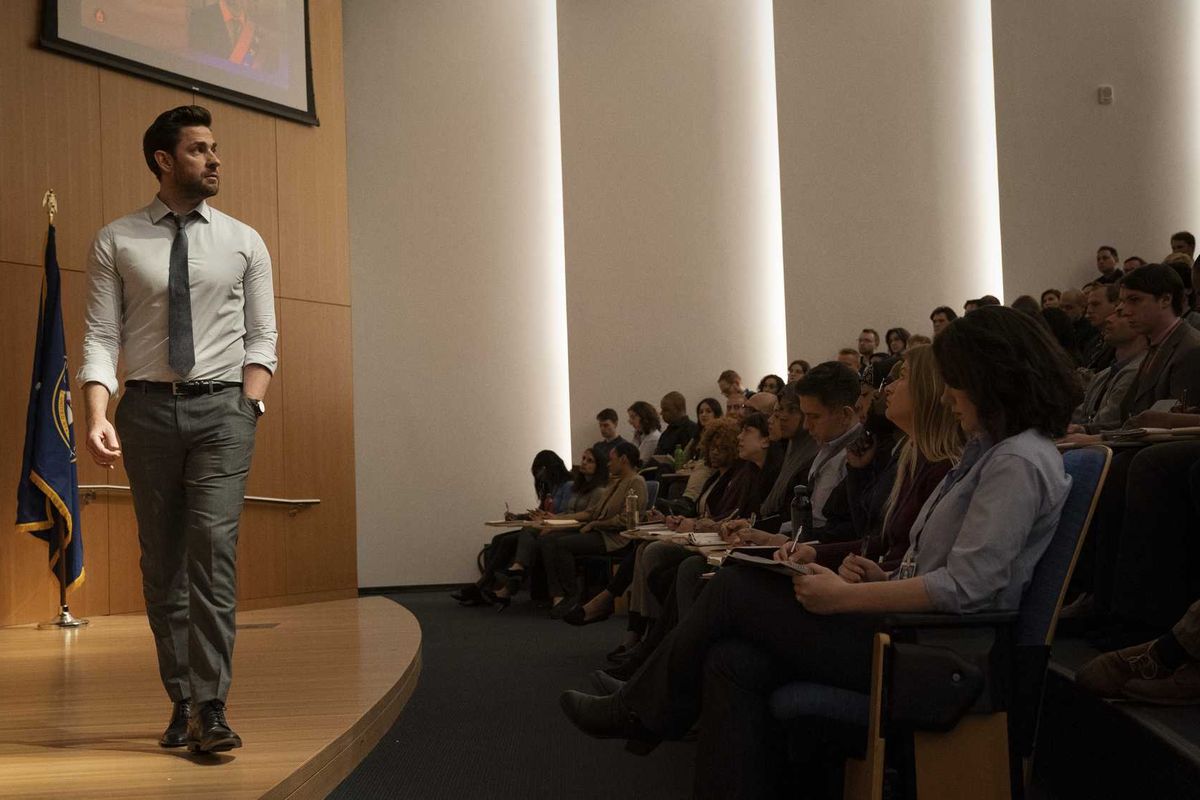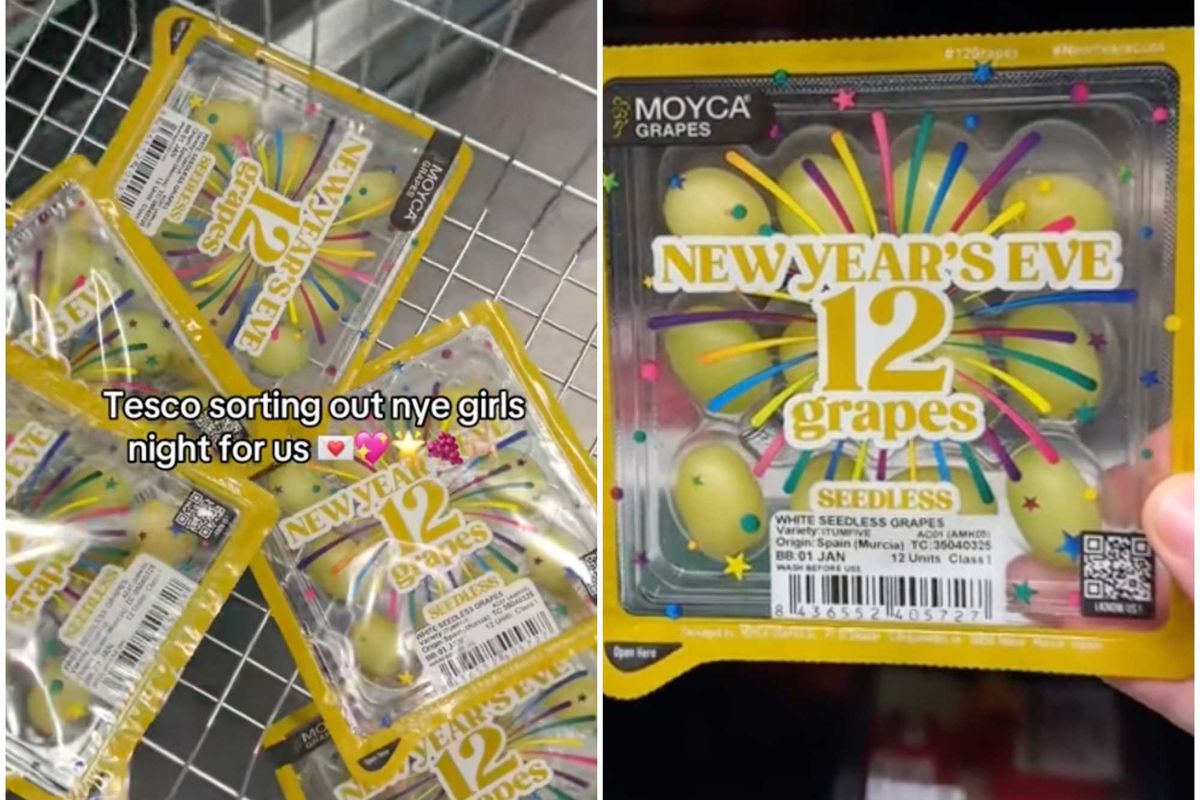News
Jessica Brown
Sep 13, 2017
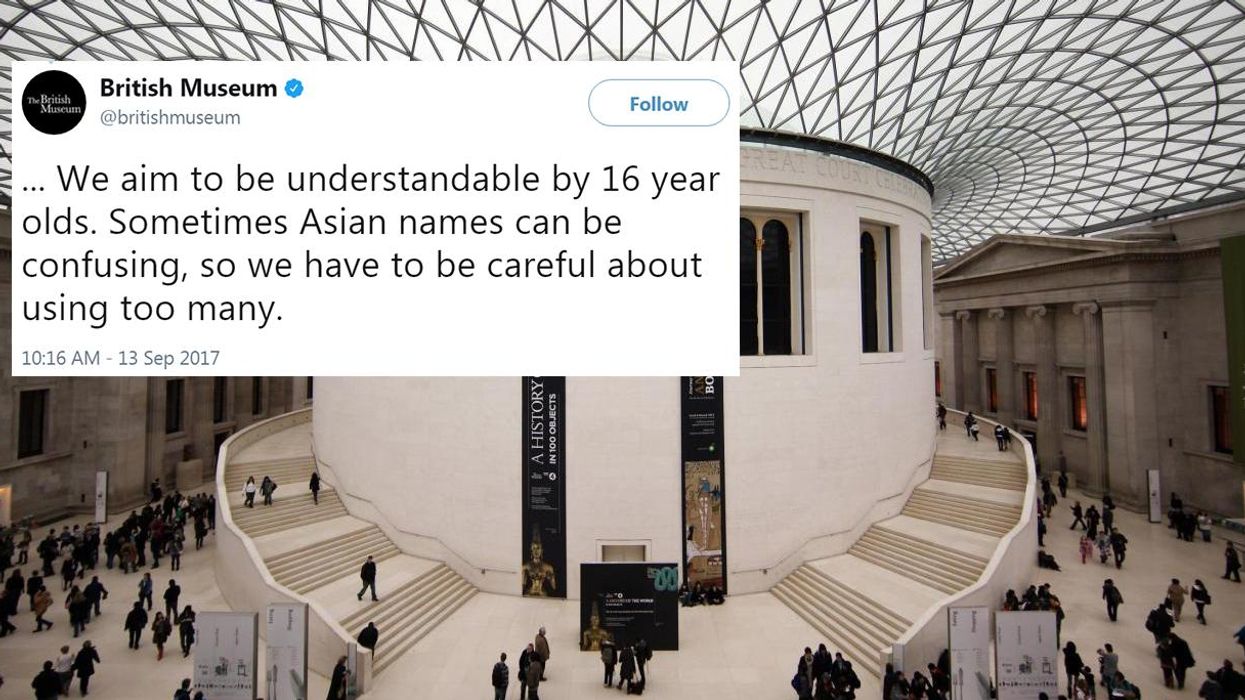
Picture:
GETTY / PETER MACDIARMID
Today is Ask a Curator day on Twitter.
It's a day where professionals from some of the most esteemed museums and galleries in the world get involved on social media and answer their patron's questions, using the hashtag #AskACurator.
It also gives other museums the chance to ask each other questions, which is exactly what happened on Wednesday morning.
The Museum of Applied Arts and Sciences used the hashtag to ask how other museums make labels and descriptions accessible to visitors.
The British Museum answered, explaining that they aim to make descriptions as accessible as possible for all audiences.
They also added that they're careful not to use 'too many Asian names':
The museum went on to explain...
Some people criticised the museum for their process:
The museum later apologised for any offence caused by the tweets, and explained further:
The British Museum explained:
We would like to apologise for any offence caused. Jane was answering a very specific question about how we make the information on object labels accessible to a wider range of people. Label text for any object is necessarily limited and we try to tell the object’s story as well as include essential information about what it is and where it is from. We are not always able to reflect the complexity of different names for e.g. periods, rulers, gods in different languages and cultures on labels. This is explored in more depth through our public programme – tours, lectures, exhibitions, research projects, school sessions etc
Top 100
The Conversation (0)




